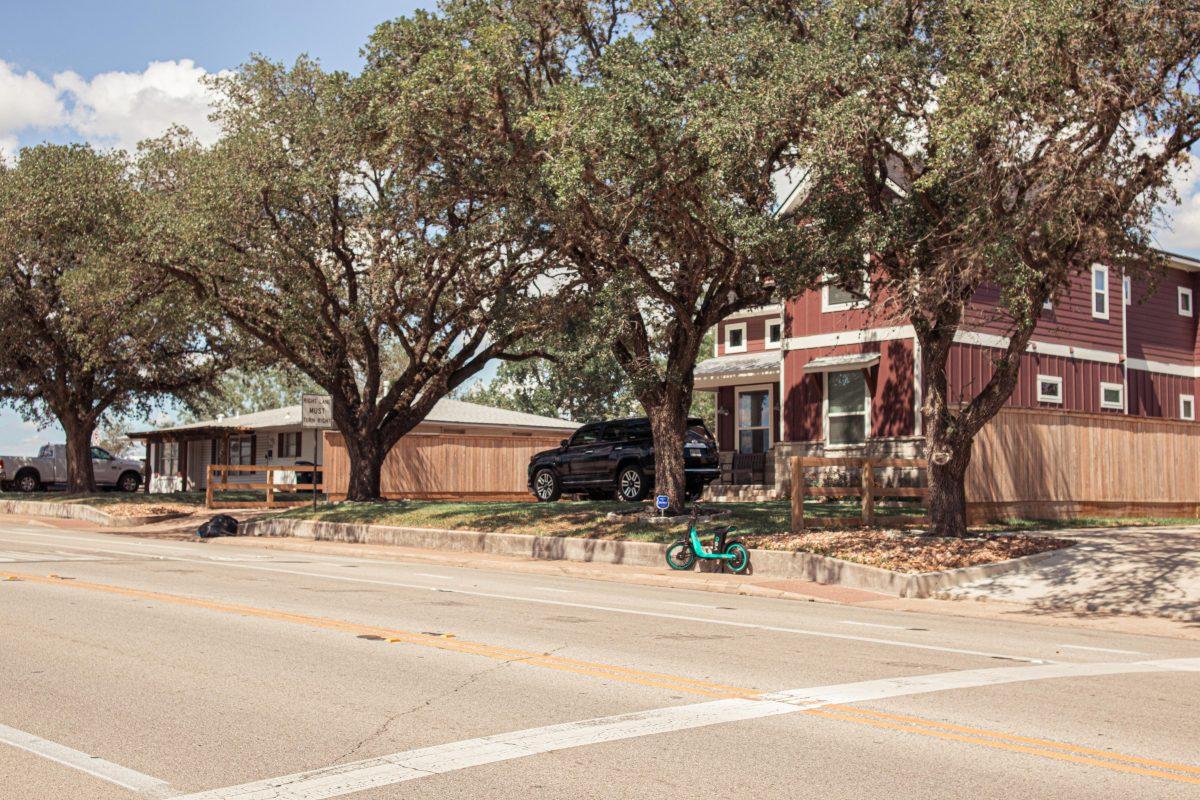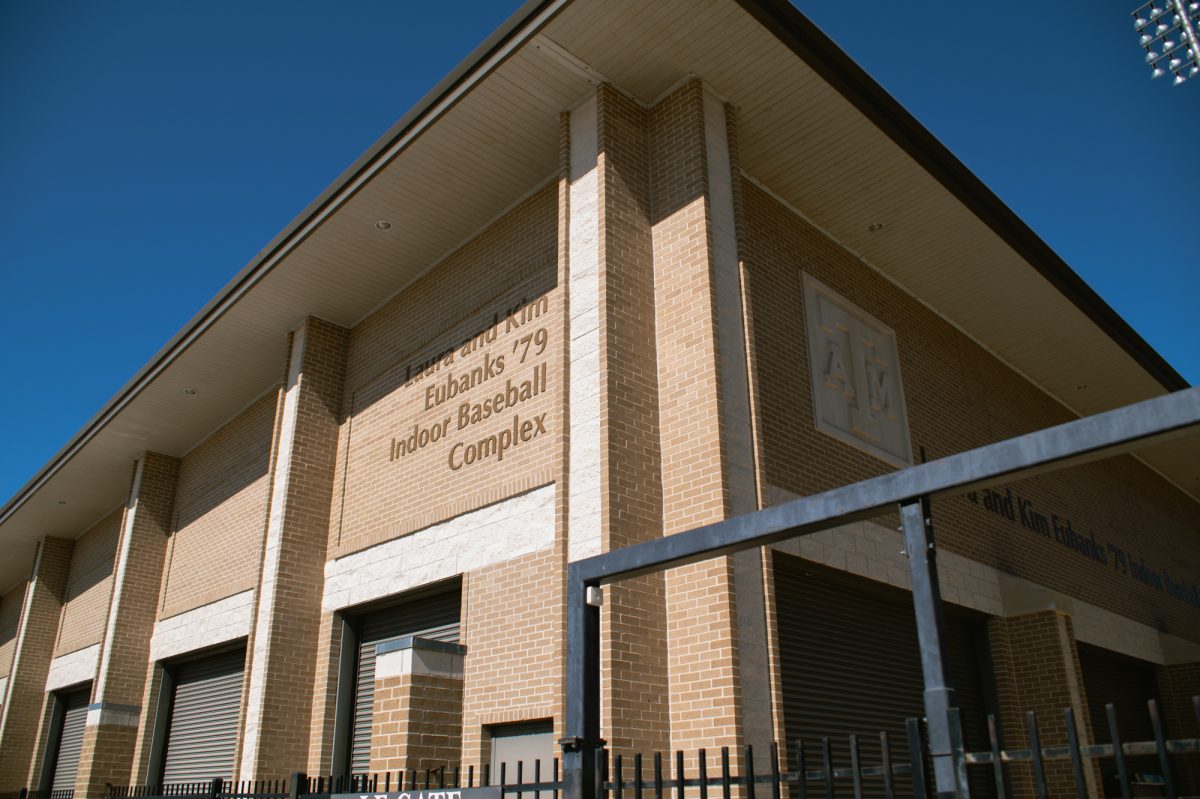Madison Nevermann moved into an apartment shortly after graduating from Texas A&M in 2018. Not long after accepting a position at LyondellBasell, she saved enough money to purchase a starter home in Houston.
“I got in fairly early with the low interest rates,” Nevermann said. “It was in the early days of the pandemic, so it was a pretty easy experience.”
However, her home-buying experience varied from that of her peers.
”I have a friend who just bought a house and is paying a lot now since she has a very high interest rate,” Nevermann said. “One had to pay over asking [price] because it was so competitive.”
Local experts were asked to weigh in on housing affordability, noting it has been a challenge for buyers in Bryan-College Station, the state of Texas and the nation. Home affordability is directly correlated with available inventory and interest rate increases, which are driven by Federal Reserve policy. Together, these factors have made borrowing more expensive.
In the second half of 2022, the number of available homes and apartments fell across the nation and the Bryan-College Station area was no exception, as seen in data presented by the Federal Reserve Bank of St. Louis’ Federal Reserve Economic Data.
Housing affordability has also gone down, with the average price of a home in Bryan-College Station increasing 3.9% and the number of homes available decreasing by 34%, according to the A&M Texas Real Estate Research Center, or TRERC.
Some people who thought they were in the housing market have left and home sellers realized they could not get as much money for their homes, explained Daniel Oney, director of research for TRERC. At the same time, builders have slowed down on the construction of new homes, decreasing inventory.
“Interest rates have been higher for a while,” Oney said. “They see this is the new reality.”
The affordability problem has not just affected homes, but apartments as well. In 2022, half of renters nationwide spent 30% of their income on rent. Since 2012, the number of affordable units — units with rent under $600 — dropped by 2.1 million, according to the Harvard Joint Center for Housing Studies. From the 1970s to 2008, the U.S. spent about 4.5% of its economic activity building homes and apartments.
After the 2008 housing bubble, the budget was cut to 3.5%, Oney explained. The budget allows for public housing, housing vouchers and community development block grants, among other things.
”That’s enough money to build 500,000, 600,000 more homes every year,” Oney noted. “Since 2008 [U.S. builders] have underbuilt by a half million homes a year, every year, now going on for 16 years.”
Many homeowners are refusing to sell their homes at this point in time, contributing to the low inventory, said Sarah Norman, association president of the Bryan-College Station Regional Association of REALTORS Board of Directors.
”When people bought homes two or three or so years ago, they got 2 and 3% interest,” Norman said. “They’re not going to give that up for a 7 or 8% interest.”
The lack of inventory has helped sellers because when a home does go up for sale, it quickly receives multiple bids, said TRERC economist James P. Gaines.
”It is a seller’s market,” Gaines said. “Lots of properties [are] being sold within 24 hours of being on the market.”
Since the pandemic, there has been a drop in new homes being built. Securing a loan to finance at a high interest rate narrows the profit margin for new builds in today’s markets, said Norman.
”It is hard to have new construction with the cost of materials and cost of labor today,” Norman said.
California, especially the Bay Area, has been affected by the lack of housing availability. Basic homes are very expensive, and condos are not worth it because of the small spaces and other fees, said Nevermann, a new Bay Area resident.
“I don’t make enough to purchase a home where I would want to live,” Nevermann said. “I’ll likely keep renting until I can afford a standalone home in the city.”
Aggies looking for their first home should focus on maintaining a good credit score, advised Norman. The U.S. Federal Housing Administration offers loans to first-time home buyers to finance a primary residence with lower rates, as well as lower down payments.
“Do not buy something at the very top of what [you] can afford,” Norman said. “You do not want to be married to the price of the property.”
Oney noted that the old baseline for an affordable home was three times the buyer’s income. Nowadays he said, it is closer to five times the buyer’s income. Focus on circumstances above housing cost, advised Oney.
“Expect to pay a lot for housing no matter where you go,” Oney advised. “Texas is still cheaper than the East Coast and the West Coast.”
After reflecting on the time spent purchasing her Houston home and searching for her California residence, Nevermann said she feels like expert advice would have been beneficial to her.
“I definitely think I would have had a better understanding of what resources are available to homebuyers,” Nevermann said. “I wish I would have known sooner.”
DJ Burton is a journalism senior and contributed this article from JOUR 203 Media Writing I to The Battalion.










